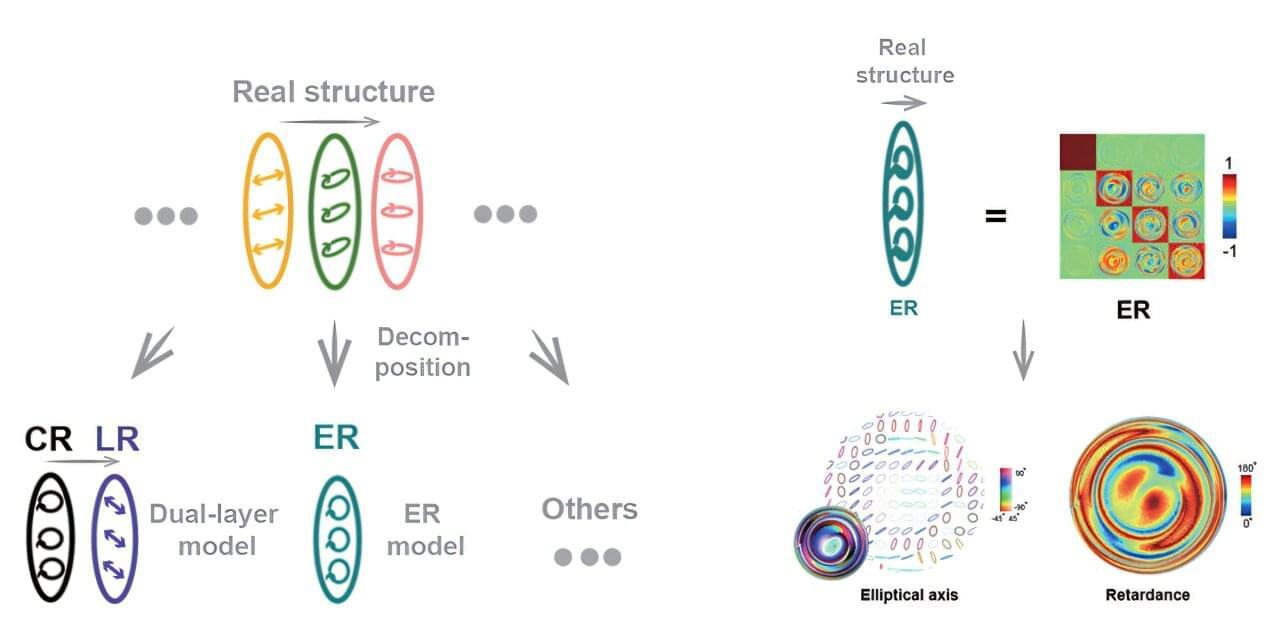Australian researchers have played a central role in a landmark result from the LUX-ZEPLIN (LZ) experiment in South Dakota—the world’s most sensitive dark matter detector. Today, scientists working on the experiment report they have further narrowed constraints on proposed dark matter particles. And, for the first time, the experiment has detected elusive neutrinos produced deep inside the sun.
Scientists hypothesize that dark matter makes up about a quarter of the universe’s mass (or 85% of its matter) but have yet to detect exactly what makes up this strange phenomenon. The result announced today by the LZ experiment is one of the world’s most sensitive measurements in the hunt for dark matter. It has expanded its search for WIMPs (weakly interacting massive particles) down to masses approximately between that of three and nine times that of a proton, the positively charged particle in the nucleus of an atom.
Dr. Theresa Fruth, from the University of Sydney’s School of Physics, is one of only two Australian-based researchers in the 250-member international collaboration.








